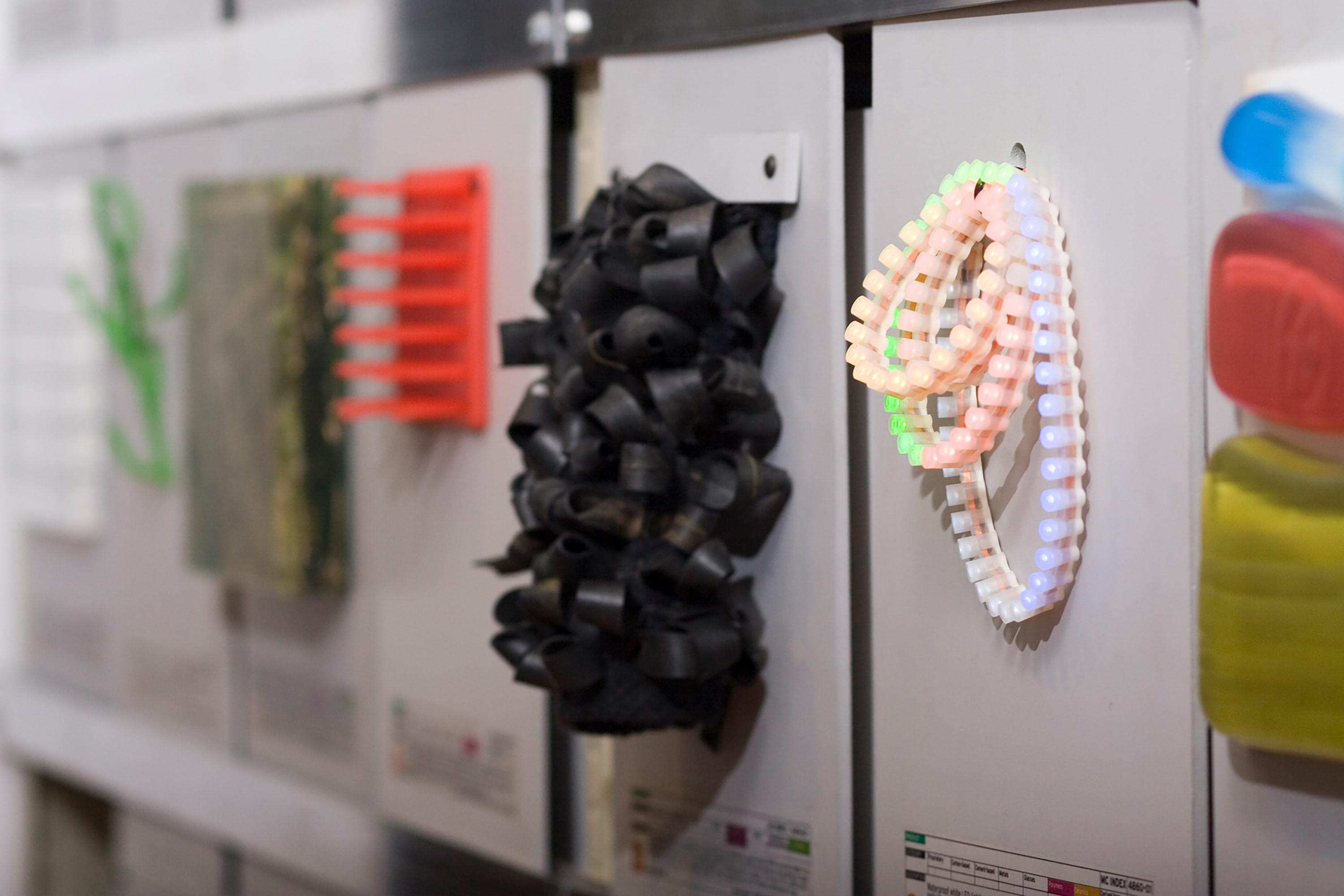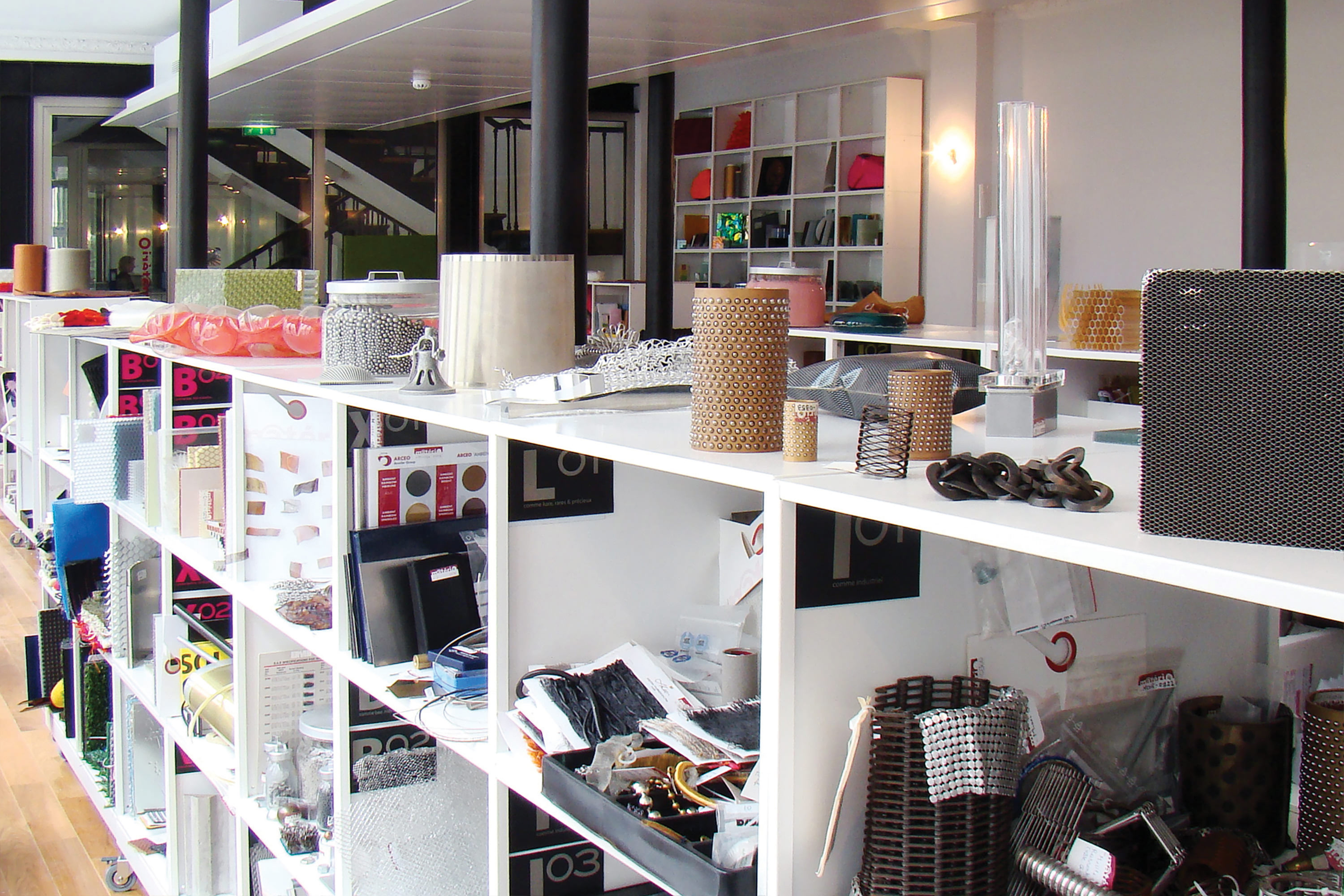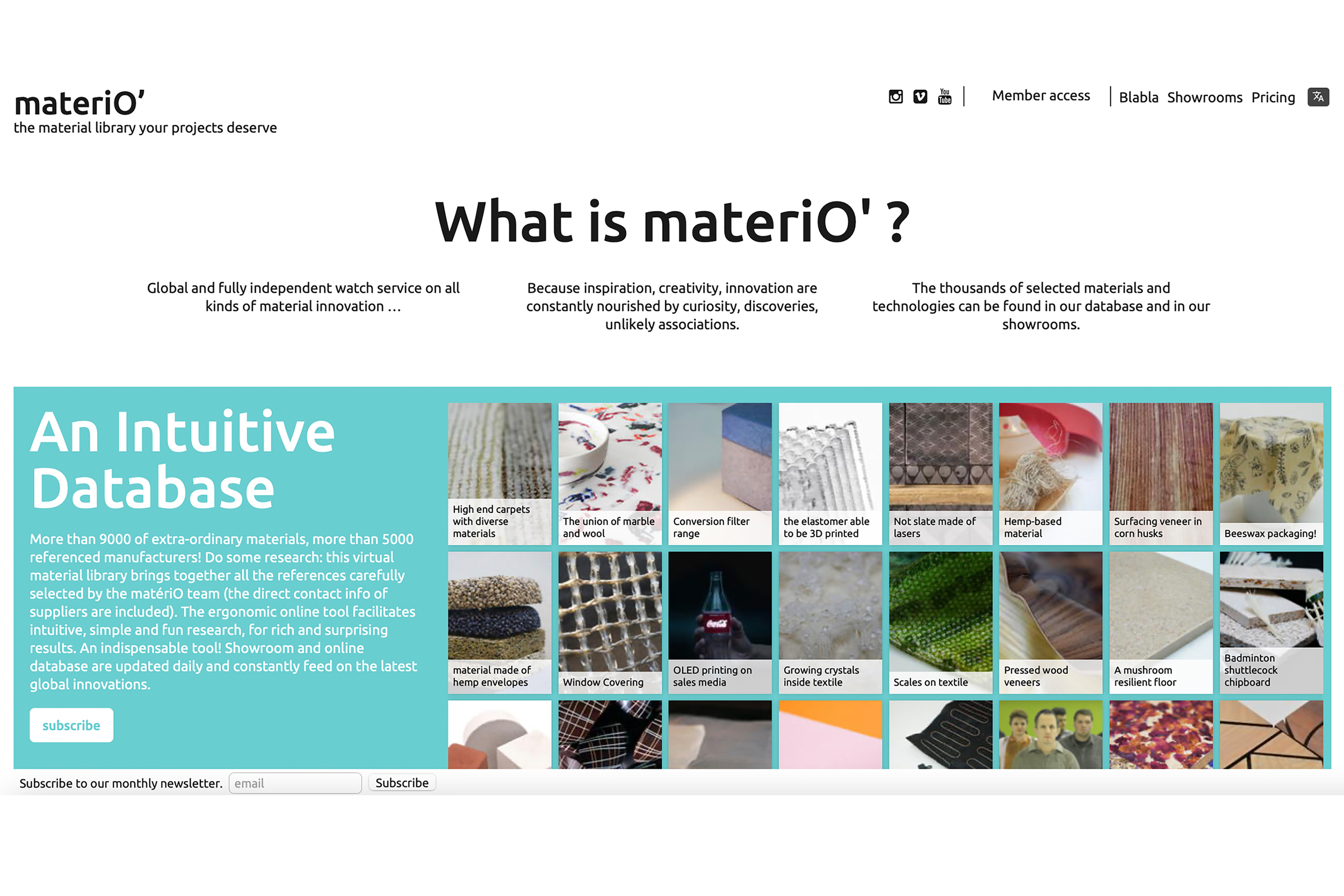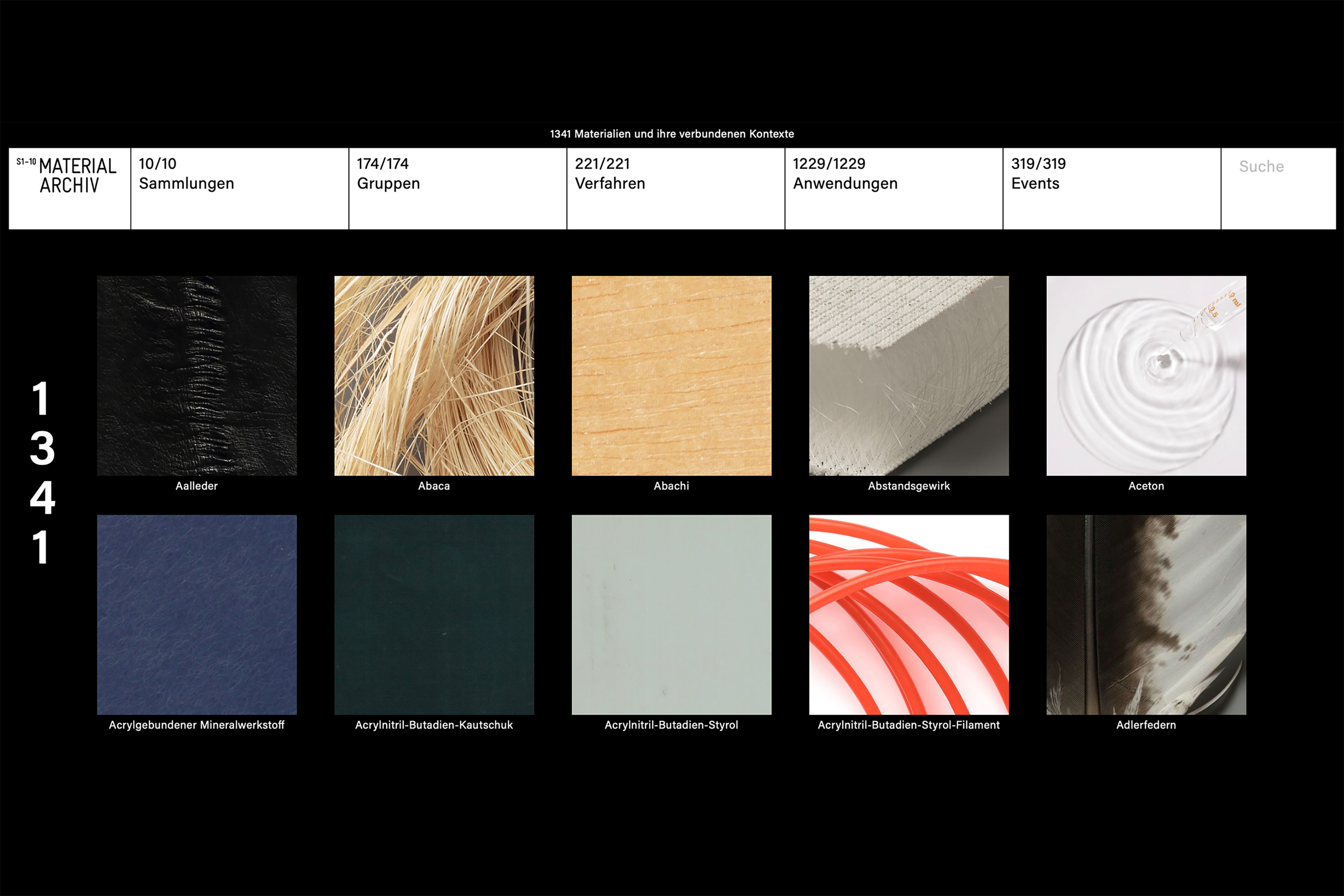Architects rarely have the opportunity to directly deal
with the physical objects of their designs. While others –
creators, artists and designers – work directly with materials,
architects do so abstractly. They represent them and
decide on how they are to be used, but they do not process
and build them themselves. However, all the perceptible
qualities that architects try to convey in their designs ultimately
depend on their manifestation in built form. The
design can underline these material properties, but it also
sets limits. No matter how much architects try to abstract
in their designs and distance themselves from concrete
questions about materials, it is ultimately these that represent
the architectural idea. A sensitive understanding
of materials therefore always conveys more than just the
implementation of design ideas through the means of the
builder. It enables both new interpretations of the relationships
of the parts to the whole and the creation of new
overall relationships, organisational connections and
phenomenological effects.
An understanding of materials is part of the design. The choice of material has an immense influence on the feasibility and functionality of a design. It is the properties of a material that decide for which area of application it is ultimately suitable. It is not for no reason that building materials come from a wide range of materials.
A sensitive approach to materials
at different scales, from architectural detail to urban
design, is therefore always able to convey a contemporary
understanding of our built environment in terms of its
components and their interconnection.

Material ConneXion, New York City (USA), Materials Collection
Design versus choice of materials?
In the discourse of architecture, questions about the role
of materials were often linked to questions about the relationship
of the overall form to the tectonics. Should the
use of materials be subordinated to an overriding formal
idea or follow a «nature» inherent in the materials? Especially
in times of great technological advances and rapid
material developments, this role is questioned. We find ourselves in such a time today.
But instead of engaging
in fruitless arguments and committing to one of the
camps, this article argues for an alternative approach to
the relationship between architecture and materials. By
directly experiencing and looking at materials and their
properties, designers can gain new insights into their formal,
functional, conceptual and expressive potentials.
The direct confrontation with materials points the way to
their targeted use, in the best case also to novel functions
and design possibilities. The guiding principle is the
unique combination of the potential of the material and
the intention of the design. In this way, the architectural
discourse can be led beyond the outdated opposition
between form and tectonic structure as well as beyond
fashionable trends based on the latest material development.
Observation, speculation and experimentation as
an approach can make designers, planners or architects
aware of their intentions in dealing with materials and in
this way promote the design of their drafts. Such an approach
can expand the boundaries of how an idea can
be built, and it can give a whole new twist to the discussion
of material issues.
A distinction between the theory and practice of materials is no longer meaningful, if it ever was. The investigation of the properties of a material leads to questions about the operative logic of dealing with them. Rolling, drawing or pressing, for example, applied to a material such as steel, emphasises its malleability and at the same time represents a fundamental material process. Both material and process in this case are scale-free and can therefore be applied from detail to comprehensive profile systems to the whole building and beyond, and translated into individualised design.
Material experiments
For material studies to gain greater significance in architecture
beyond individual experimentation, a collective
approach is necessary. Universities should
take seriously their role as pioneers and disseminators
of material studies and should provide sufficient
research projects. Material studies have always been an
integral part of architectural training since the days of early modernism Johannes Itten, for example, established
a compulsory basic course at the Bauhaus in which
all students had to experiment with materials and demonstrate
their properties. At the time, this approach shaped
the way a whole generation of architects dealt with materials.
There are currently many efforts to reintegrate
material studies into architectural education. For example,
the Graduate School of Design at Harvard University
has a unique materials collection. The so-called «Materials
Collection» is not just a catalogue of products, but
an active and continuously updated collection of material
and material applications. It also documents material experiments
and research projects of students and teaching
staff at the university. In this way, future generations of
students can refer back to the previous experiments.

materiO‘, Paris (F), Materials Collection
The
database of the collection is organised in such a way as to
promote an understanding of materials that goes far beyond
the conventional classification into families of materials.
Thus, for example, material is catalogued in the
context of its properties, not only in relation to given applications.
This allows users of the database to discover,
for example, a material for a building fa ade that is normally
used to reduce the reflection of computer screens.
Other institutions outside universities have also recognised
the need for comprehensive material catalogues for
designers. These include the New York-based Material
ConneXion (a source of new and innovative materials
for architects, artists and designers), the in Paris-based
materiO’ and the Swiss database «Material-Archiv», to
name but a few.
New material collections for new design
Today’s design ambitions are based on the desire for
more spatial complexity, a more subtle experience of architecture
and increasingly tailored design solutions. The
search for material innovations is not only for the next
fashionable façade, but also for the urgently needed materials
that express the design ambitions of the 21st century.
It is hardly surprising that the solutions developed
50 years ago, for example, are no longer adequate for
today’s world. The range of materials available to designers
today is also very limited due to outdated classification systems and the lack of integrated research. The
direct engagement of architects with materials through
observation, speculation and experimentation with the
help of new material collections and databases, briefly
outlined here, offers a promising alternative to enable
and determine the design of tomorrow.

materiO‘, online database (materio.com)

Material-Archiv, online database (materialarchiv.ch)
INFO
Dr. Thomas Schröpfer is Professor of Architecture and Sustainable
Design at the Singapore University of Technology and
Design. His book publications have been translated into several
languages and include: Dense + Green Cities: Architecture
as Urban Ecosystem (2020); Dense + Green: Innovative building
Types for Sustainable Urban Architecture (2016); Ecological
Urban Architecture (2012) and Material Design: Informing
Architecture by Materiality (2011). He has received numerous
renowned national and international prizes and awards,
such as The European Centre for Architecture Art Design and
Urban Studies Award, The German Design Award and The President’s
Design Award, Singapore’s highest honour for designers
and design of all disciplines.
